This poster is currently plastered on roadside rest areas throughout the state of Texas, which is big enough to enclose a good deal of Europe and therefore an object of dread for many long-distance drivers.
The scenario represented in the photograph combines the sort of action with which most heavy internet users are familiar — positioning one’s laptop to share a find — with elements of male fantasy, Texas style. Because, while the man holding the laptop is dressed in relatively non-descript attire, the attractive woman looking over his shoulder fuses cowgirl and librarian.
It’s not hard to picture her removing her glasses and pony tail, if your sexual aspirations are to get a bookish lady to “let her hair down.” But such an outcome, however fervently desired, cannot be achieved immediately in this scenario. Because before the man with the laptop is able to elicit the woman’s interest in him, he has to get her excited about what’s on his screen.
This triangle of desire is a staple of heterosexual male fantasy, whether in the form of the tried-and-true “etchings” a man wishes to show off or content of a more explicit nature. But in the context of this public service message, however chaste it may appear at first glance, the presence of the laptop communicates a fascinating message about the role that New Media play in our lives.
“Wireless Internet Service is provided to help fight driver fatigue which is a major cause of serious accidents,” reads the poster’s fine print, adding that the Texas Department of Transportation, “provides this service to encourage drivers to make regular stops and then return to the road rested and more alert.”
Encouraging drivers to rest by promoting visual stimulation may seem perverse. Since when did rest become synonymous with staring at a screen? After all, isn’t that what the drivers who stop at a rest area have been doing while on the road? While statistics certainly support the notion that taking a break is a good idea, it’s not hard to surmise that closing one’s eyes is more recuperative than straining them even further.
But maybe this poster and the service it promotes are taking the approach that drug treatment programs call “harm reduction.” Because more and more drivers on the highway, especially those who traverse large empty stretches of the sort one finds in Texas, are already on the internet while they’re behind the wheel.
In the era of near ubiquitous smart phones, the internet isn’t something that one stops to use anymore. Whether checking sports scores or Facebook, more and more drivers in the States seem incapable of disconnecting themselves from the web, regardless of the risks that such multi-tasking poses.
No, using the internet at seventy-five miles per hour isn’t a novelty anymore, however frightening the prospect of so many distracted drivers may be. What’s still hard to do behind the wheel is share. That’s where the subtexts percolating through this poster come in. Because in an era of unprecedented vehicular recklessness, sex — no matter how carefully veiled — is by far the best incentive for taking a break.
Seduction, the poster implies, requires a setting in which sharing is physically proximate. It is troubling, though, how the scenario it represents ends up duplicating the patriarchal stereotypes of the highway. The man is “driving” through cyberspace with the bookish cowgirl as his willing passenger.
How do women react to this poster? While it would be difficult to conduct an effective survey of those who view it, keeping this question in mind will at least prevent us from rushing to outwardly gender-neutral conclusions. Because it’s hard to imagine the fantasy working the same way on men if the roles were reversed, with him looking over her shoulder.
In short, what we have here is a classic example of why Roland Barthes was right to direct our attention to the most banal details of everyday life in the modern world. Because the lingering assumptions and value judgments that inform this scenario — shadowed, as it is, by the ghosts of real “horsepower” — can tell us a great deal about both Texas and ourselves.
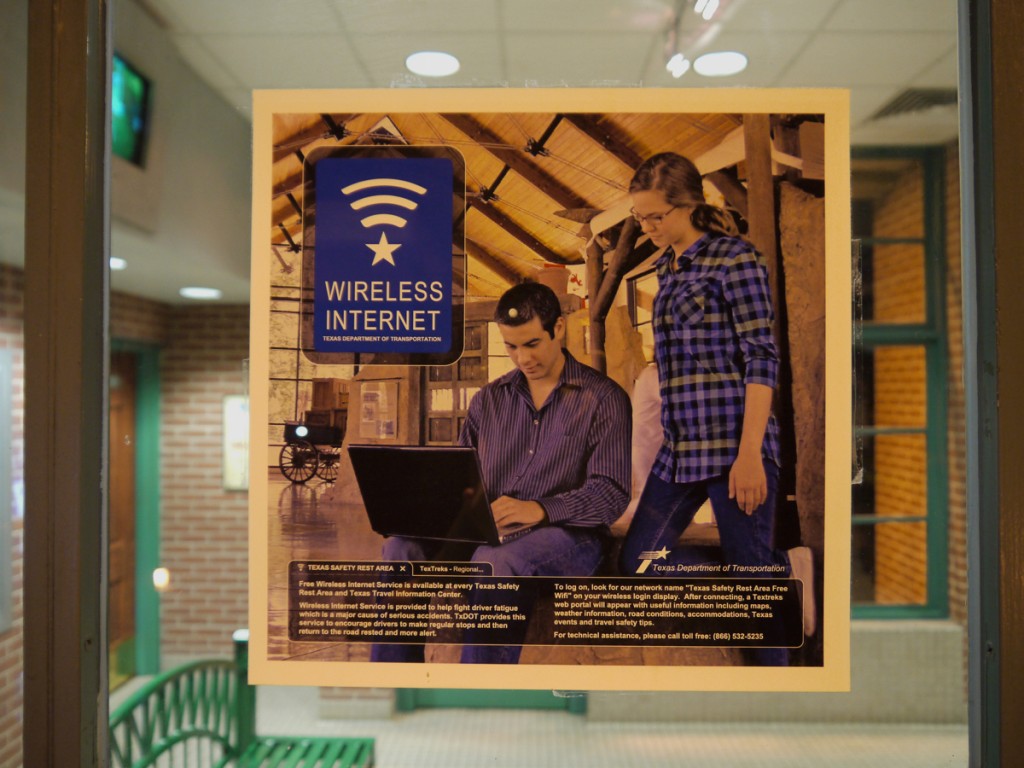
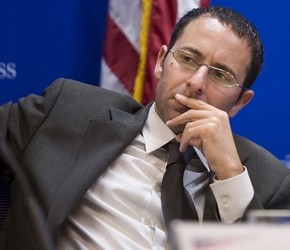

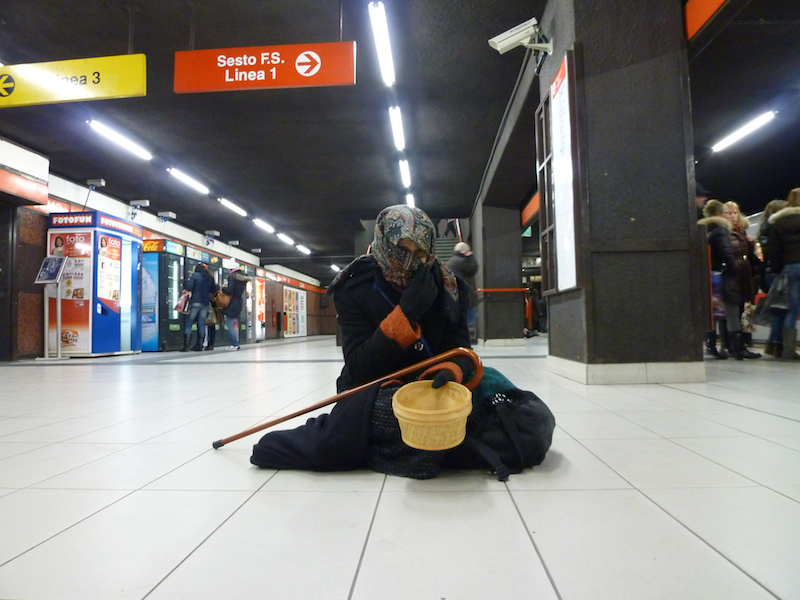
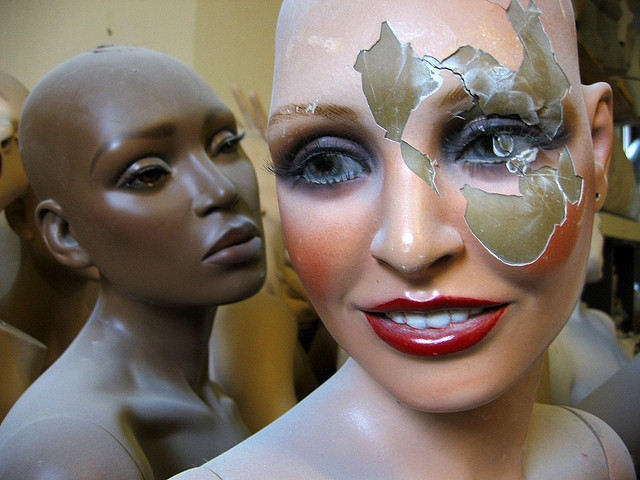
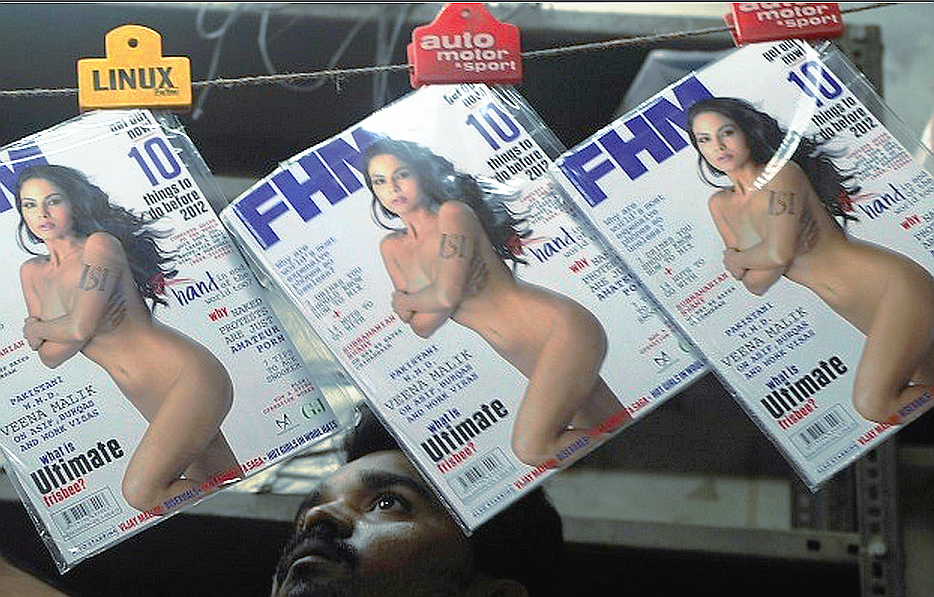
Sometimes a cigar is just a cigar….
J. Carl: Agreed. Sometimes a cigar is just a cigar. But my question to you here is what constitutes the cigar in this image?